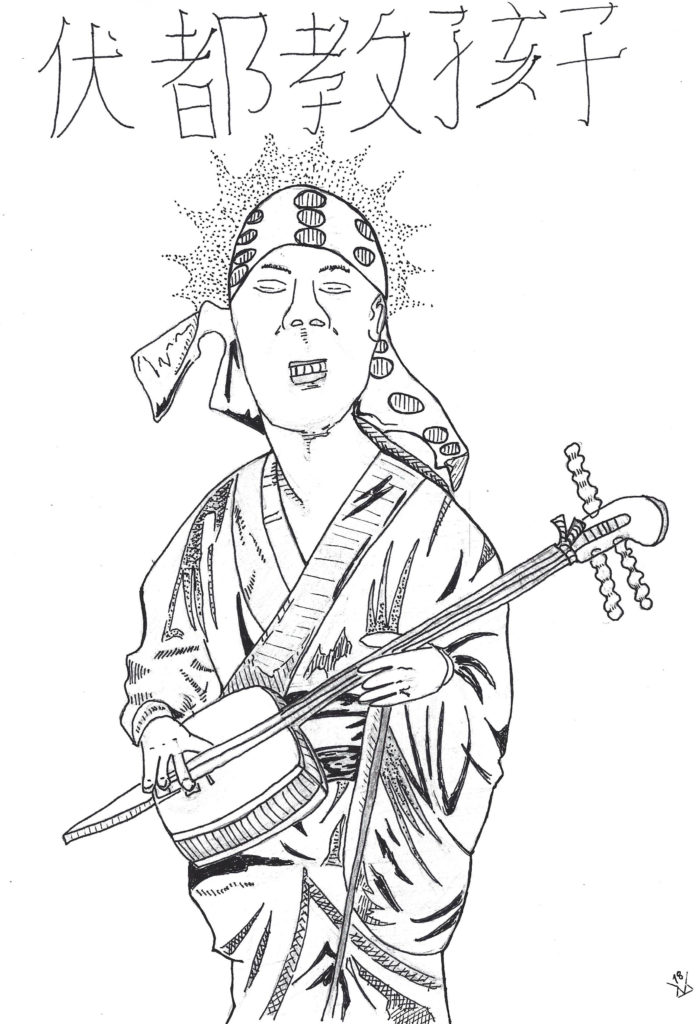The Muses

Few images from the 1960’s counter culture are as enduring and resonant as Jimi Hendrix blasting the crowd at Woodstock ’69 with the oscillating mayhem of his guitar over the PA. Jimi split the wigs of the folkies with his electrified performances and paved the way for a new way of experiencing music.
Much like the buhda the spirit that inspires the musician moves between incarnations. Maybe this isn’t a literal spirit maybe its the depth of human potential expressing itself through a perfect vessel. Either way this phenomena is best described by the Grecian and Roman concept of the muses.
You can tell when someone has the muse by their posture and affectation. Sometimes it’s incredibly obvious when the regimented theory and training are left abandoned at the wayside. Something else overtakes the performer. The eyes squint at the radiance of creative divinity, and the head is thrown back in rapturous extasis, and something beautiful emerges.
Lord Know he’s a…
The subject of the sketch I’m writing about today is the spiritual predecessor to Hendrix. I found this figure in a gallery of photos from the dawn of photography in Asia. There was something about his posture and style that reminded me of the legendary rock stars of the modern west. He’s playing a Saxian, the Chinese equivalent to the banjo. He is wearing traditional Chinese costume with a long flowing head band similar to Hendrix. The piece is titled Voodoo Child in less than stellar Chinese calligraphy with voodoo translated phonetically with a little help from google translate. I stippled in a luminous halo to express the extasis of the muse I discussed earlier. The sketch was drawn in pencil. It was inked with a Pilot Metropolitan with a fine nib in Noodler’s black ink on smooth copy paper.